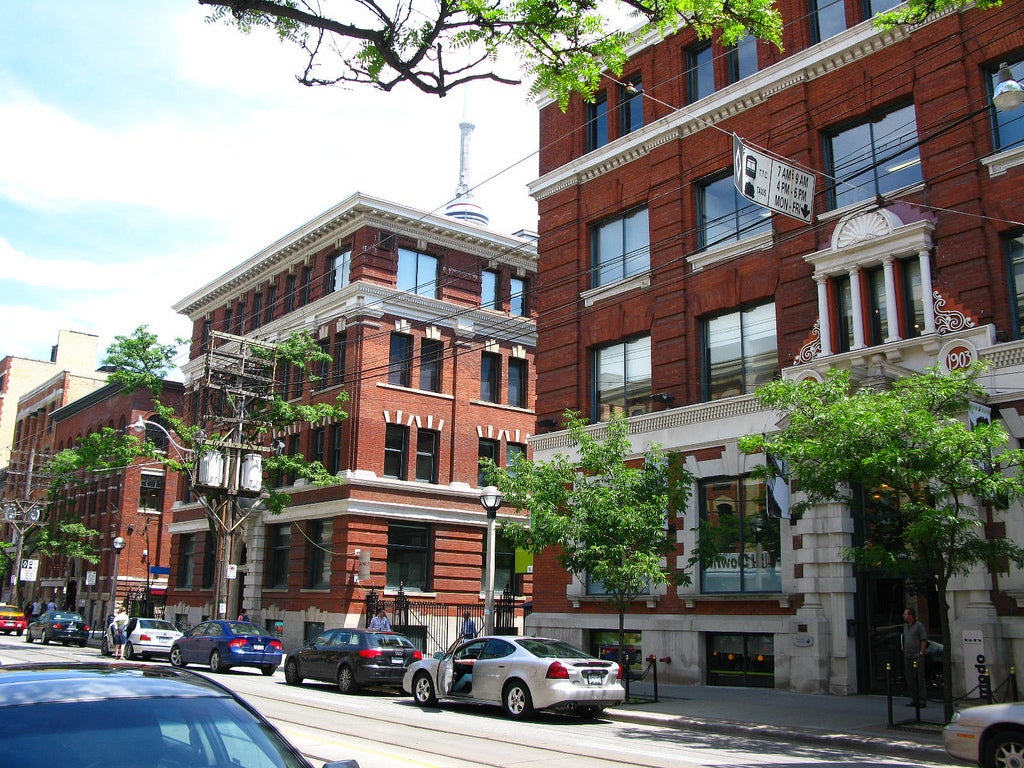May 5: ZBA approves, then retracts, Broad and Washington variances | Wolf makes PUC appointment | How would Jane zone?

Half of Pennsylvania municipalities don’t pay for local police coverage, reports Eleanor Klibanoff, and instead rely fully on the state police for their local policing needs. The state police spend over $500 million on providing local police services, or almost half their budget. The upshot is that more urbanized areas pay twice for police—once for a local department and once for state police—while many exurban townships and rural areas pay only once.The issue has salience for urban and suburban tax differentials, since police coverage is typically the largest line item in municipal budgets, and areas leaning on the state police are able to keep their local tax rates competitively low compared to older urbanized municipalities.
The ZBA voted to approve two variances requested by Bart Blatstein for an above-ground parking garage and rooftop retail village at Broad and Washington yesterday afternoon, reports Sandy Smith, but the board changed course and chose to vacate that decision until their May 10th board meeting.
Governor Tom Wolf appointed one of his senior advisors, attorney David Sweet, to one of four seats on the state’s Public Utility Commission, Dave Hess reports. In recent years, PUC has been deeply embroiled in the debate over taxi regulations.
David Hilbert tries to put some numbers to the gentrification and displacement narrative in the Temple area, looking at out-migration numbers in the vicinity of the main campus. “These figures suggest that a natural, long-term resident exodus from Temple’s vicinity would have been between 10 and 20 percent. Instead, Temple vicinity’s long-term resident population declined from 5,139 to 2,953, a significant decline of 42.5 percent.”
How would Jane Jacobs zone? Proponents and opponents of high-rise development both lay claim to Jacobs’s mantle, citing alternately her support for decentralized planning and spontaneous orders, and her opposition to high rises in Greenwich Village. Payton Chung points out that Jacobs actually had a lot of direct influence on Toronto’s form-based zoning code, and looks at how the resulting development patterns live up to some her precepts.
WHYY is your source for fact-based, in-depth journalism and information. As a nonprofit organization, we rely on financial support from readers like you. Please give today.






